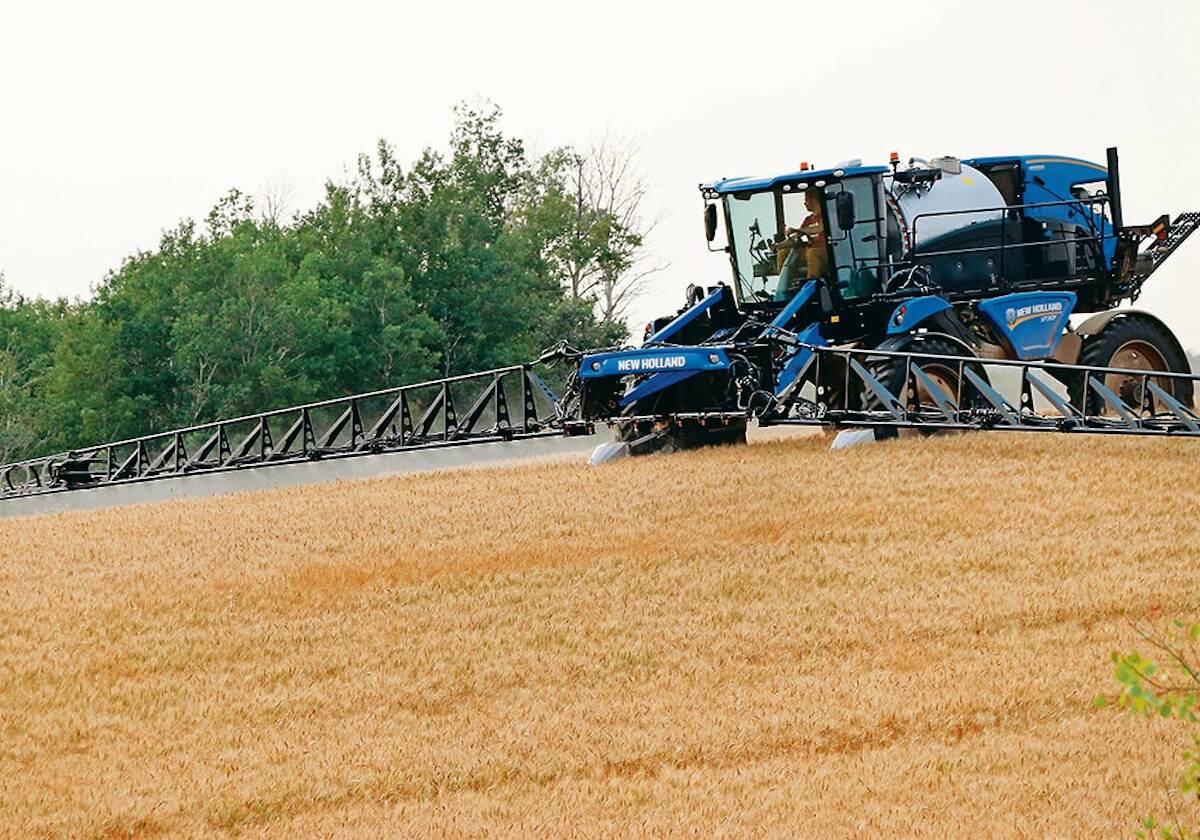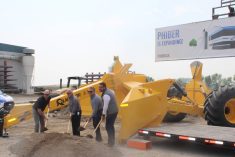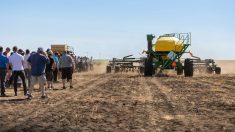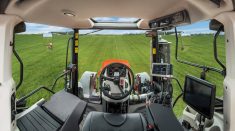Communication is vital to worker safety in any situation, particularly in a fast-paced environment such as on a farm or ranch. Distracting surroundings can prevent important messages from getting through. Distance, noise and distractions from moving livestock, hooking up farm implements or navigating an oversized load, significantly reduce a worker’s ability to hear another worker. This is where common hand signals are an ideal communication tool.
“When working on a farm, the sheer distance between workers can lead to communication breakdowns,” says Raelyn Peterson, farm safety co-ordinator with Alberta Agriculture and Rural Development. “At other times, farm equipment or machinery can make it impossible to hear someone, even if the other person is yelling. In cases like that, hand signals can get a message across and be an effective way to communicate.”
Read Also

Farming still has digital walls to scale
Canadian farms still face the same obstacles to adopting digital agriculture technology, despite the years industry and policy makers have had to break them down.
A series of ‘standard’ hand signals have been adopted by Alberta Agriculture and Rural Development’s farm safety program to improve safety for farmers. The signals enable all workers, helpers and family members to communicate in the same language which can decrease the risk of injury.
Peterson shares a story of a husband and wife team who nearly had an incident on their farm due to lack of communication. This prompted an agreement between the two and their family to learn and implement the set of hand signals. “Their frustration level reduced significantly because they made that commitment to learn the same language,” says Peterson. “Less frustration means a safer environment and higher productivity.”
Using hand signals saves time and prevents incidents and it can also reduce severity of injuries. To be of full benefit, it is important that the entire work team knows and consistently uses the hand signals. Farm owners and managers are encouraged to post the hand signals in a place where employees will see them every day.
“It would be a big safety step if all members of Alberta’s farm families, employees and farm visitors learned the standard hand signals and adopted them,” says Peterson. “It is important to train new employees about the safety features and practices used on the farm. That should include making sure all workers are familiar with and can use hand signals.”
A printable poster of the hand signals shown with this article is available on Alberta Agriculture and Rural Development’s Farm Safety website.


















